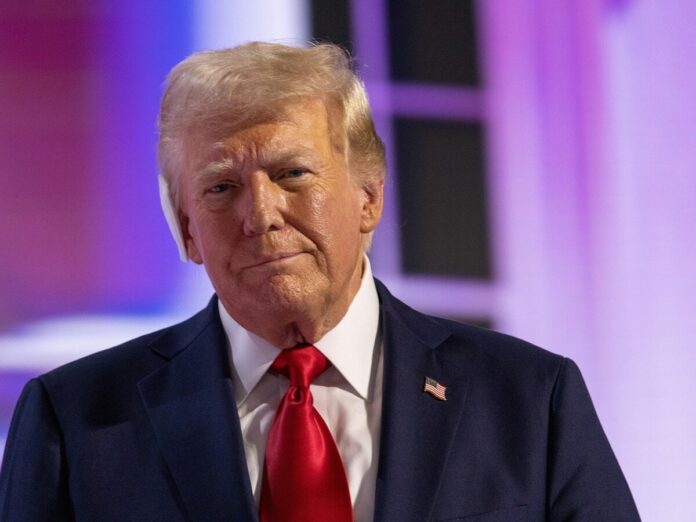President-elect Donald Trump has announced a sweeping plan to impose tariffs on imports from Canada, Mexico, and China as part of his ambitious “day one” agenda upon entering the White House. The announcement, shared on Truth Social, includes a 25% tariff on imports from Canada and Mexico and an additional 10% levy on goods from China.
Trump’s: Reviving Campaign Promises
These tariff threats build on Trump’s campaign rhetoric advocating aggressive trade policies to incentivize domestic production. The president-elect has consistently called for higher tariffs on Chinese goods, proposing a significant increase to 60%, alongside a general tariff of up to 20% on imports. This move aims to encourage companies to shift manufacturing to the United States.
However, these policies risk reigniting a trade war reminiscent of Trump’s first presidency. During that time, tariffs were imposed on goods from multiple countries, including Canada, Mexico, and China, creating significant economic disruptions.
The Future of the USMCA
Trump’s tariff plans could also destabilise the United States-Mexico-Canada Agreement (USMCA), a trade deal that eased tensions among the three North American nations in 2018. With the agreement up for review in 2026, unilateral tariff hikes could provoke retaliation from Canada and Mexico.

“If President Trump proceeds with immediate tariffs, it could escalate tensions and effectively ‘go nuclear’ on USMCA,” warned Alberto Villareal, managing director of Nepanoa, a business consulting firm. Retaliatory measures could target U.S. exports like produce and chemicals, potentially leading to significant trade disruptions.
Economic Fallout
The ripple effects of these tariffs could harm various sectors of the U.S. economy, including retail, manufacturing, and consumer spending. The National Retail Federation estimates that new tariffs could cost American consumers up to $78 billion annually in lost purchasing power. Retailers and manufacturers reliant on imported components could face higher costs, further squeezing profit margins.
“These tariffs would be devastating for manufacturers that depend on foreign components,” noted Sanjay Patnaik, a senior fellow at the Brookings Institution.
Moreover, higher tariffs may compel companies to establish separate supply chains for exporting to the U.S., a costly adjustment. Mary Lovely, a senior fellow at the Peterson Institute for International Economics, highlighted this potential outcome during a recent press briefing.
Corporate Shifts Underway
In anticipation of Trump’s proposed tariffs, companies are already modifying their sourcing and production strategies. Brands like Williams-Sonoma, Steve Madden, and Ralph Lauren are reducing their reliance on Chinese suppliers, while manufacturers like Honda and Traeger are exploring new production approaches.
Implications for the Global Economy
As Trump prepares to reenter the Oval Office, his tariff policies could reshape global trade dynamics. While intended to boost domestic manufacturing, these measures risk escalating trade tensions, harming international relations, and burdening American consumers with higher costs.
The stage is set for what could be another turbulent chapter in U.S. trade policy, with far-reaching consequences for both domestic and global economies. How these policies unfold will depend on the responses from Canada, Mexico, and China, and their willingness to negotiate or retaliate against Trump’s aggressive trade stance.

